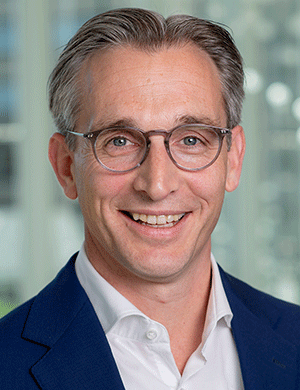Philips provides initial details on workforce reduction Company also addresses recall, impairment charge, prices and new credit facility

By Liz Beaulieu, Editor
Updated 12:35 PM CDT, Fri October 28, 2022
 AMSTERDAM – The largest share of the workforce reductions at Philips will likely take place in the United States, says CEO Roy Jakobs.
AMSTERDAM – The largest share of the workforce reductions at Philips will likely take place in the United States, says CEO Roy Jakobs.
Overall, the company plans to reduce its workforce by about 4,000 roles globally, resulting in savings of about EUR 300 million annually.
“We will have to wait and see the impact across operations, but, of course, you will see that the highest impact is in our top four markets in terms of employee base, which would be the U.S. on top, then the Netherlands and then India and China,” said Jakobs during a recent conference call to discuss the company’s financial results for the third quarter.
Philips expects to have more definitive details on the workforce reductions in January.
Between now and then, the company is going through its product portfolio to determine where to focus its reductions, based on, among other things, demand, Jakobs said.
“So, we also look at it across countries in terms of where do we see the biggest potential,” he said. “And, of course, this is also guided by what we get from our customers. So, actually, the customer pool and kind of where we see the orders coming in (will play a part).”
Jakobs did say, however, that Philips will be “protecting the operational functions” of the company.
“(This is) to ensure that we can deliver with quality and have all our manufacturing, operational supply, services and sales staff fully focused on that,” he said.
That’s of increased importance as Philips continues to try to ramp up production due to a large recall of certain CPAP devices (see below) and reengineer certain products to mitigate supply chain challenges.
“We have been able to mitigate most of the supply chain issues in our Personal Health businesses,” Jakobs said. “In the health systems businesses, it takes longer to see the impact of our actions, given the regulated nature of the business and installation-related risks from the customer side.”
Other highlights from the call:
- Jakobs on the progress of the recall: “We have significantly further increased our production capacity, reaching four times pre-recall levels. As of today, we have produced approximately 4 million devices and except to produce and ship around 90% of the registered affected devices by the end of 2022.”
- Abhijit Bhattacharya, CFO, on the EUR 1.3 billion charge recorded in Q3: “So about 20% of the impairment comes because of the change in the weighted average cost of capital. The rest comes from assumptions that we have made in terms of lower cash flow from the (Sleep and Respiratory Care) business going forward with potential actions that could be required by the FDA as part of the consent decree.”
- Jakobs on price increase: “We have been raising pricing by mid-single digits since the beginning of the year. In the Diagnostic & Treatment and Connected Care businesses, due to longer equipment order book cycles, the impact of price increases will take longer to be fully realized in the profit and loss account. We expect around 1% impact this year and we will continue to make further pricing measures as needed.”
- Bhattacharya on a new credit facility: “We secured EUR 1 billion credit facility to be used if and as needed, and we will execute the settlement of forward contracts entered into as part of share repurchase program in July 2021 at the original settlement date of 2023 and 2024 instead of 2022, as previously announced. The forward contracts with settlement dates in Q4 2022 will be settled this quarter as planned.”
Comments